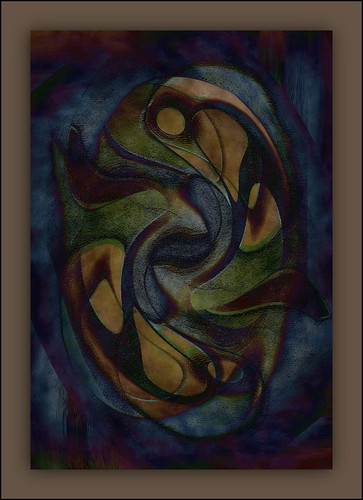Australia rejects proposal to recognise Aboriginal people in constitution
Aboriginal #Aboriginal

Australians have resoundingly rejected a proposal to recognise Aboriginal people in the country’s constitution and establish a body to advise parliament on Indigenous issues.
Saturday’s voice to parliament referendum failed, with the defeat clear shortly after polls closed.
To succeed, the yes campaign – advocating for the voice – needed to secure a double majority, meaning it needed both a majority of the national vote, as well as majorities in four of Australia’s six states.
The defeat will be seen by Indigenous advocates as a blow to what has been a hard fought struggle to progress reconciliation and recognition in modern Australia, with First Nations people continuing to suffer discrimination, poorer health and economic outcomes.
More than 17 million Australians were enrolled for the compulsory vote, with many expats visiting embassies around the world in the weeks leading up to Saturday’s poll.
The prime minister, Anthony Albanese, called for Australians to show “kindness” to each other after the referendum.
“This moment of disagreement does not define us. And it will not divide us,” he said.
“We are not yes voters or no voters. We are all Australians. And it is as Australians together, that we must take our country beyond this debate without forgetting why we had it in the first place.”
The vote occurred 235 years on from British settlement, 61 years after Aboriginal Australians were granted the right to vote, and 15 years since a landmark prime ministerial apology for harm caused by decades of government policies including the forced removal of children from Indigenous families.
Voters line up at a polling centre at St Kilda primary school, in Melbourne. Photograph: Asanka Ratnayake/Getty Images
The referendum had been a key promise that Labor party took to the federal election in 2022, when it returned to power after years of conservative rule.
Support for the voice to parliament had been strong in the early months of 2023, polling showed, but subsequently began a slow and steady decline.
All major polls had foreshadowed that the no campaign would succeed and the voice would be rejected. Nationwide support for the voice was hovering at about 40% in the week before the vote, with coverage of the campaign being overshadowed by the outbreak of war in the Middle East in the crucial final days.
The concept for the advisory body, which would have included Indigenous representatives from each of Australia’s six states and two territories voted in by their local Indigenous electors, was developed and endorsed by Aboriginal and Torres Strait Islander leaders in 2017. A majority of Indigenous voters supported the proposal, according to polling.
It was envisaged to provide Australia’s government with non-binding advice on issues affecting about 4% of the population who identify as Indigenous.
There is an eight-year gap in life expectancy for Indigenous Australians compared with non-Indigenous Australians, a suicide rate twice the national average, and comparatively poorer outcomes for health, education and infant mortality.
While such an advisory body could have been created through legislation, the proposal was designed to enshrine its existence in the constitution so it could not be removed by future governments.
The referendum question, to amend Australia’s constitution to recognise the first peoples of Australia by establishing Aboriginal and Torres Strait Islander voice to parliament, was deliberately vague. The failure of Australia’s previous referendum in 1999 – to become a republic and acknowledge Indigenous ownership – was seen to have failed because it put forward a specific model to voters.
Exactly what the voice advisory body would look like and how it would function were to be determined only once the concept had won approval.
Australian prime minister Anthony Albanese meets yes campaigners Wollongong, NSW on Saturday. Photograph: Dean Lewins/AAP
Opposition to the voice seized on this ambiguity, adopting a campaign slogan of “if you don’t know, vote no”.
But reasons for the decline in support were broad.
Albanese and his ministers were prominent faces of the yes movement, and while Labor did not lead the campaign, the government’s focus on the referendum was seen alongside its handling of other national issues.
It weathered accusations that it championed the voice push while failing to deliver tangible improvements for citizens facing cost of living pressures and a housing crisis hurt the yes side.
Meanwhile, the Liberal party in opposition formally backed the no vote, with senior Indigenous members speaking out against the voice.
Arguments against the proposal included that no such representative body was needed, that it was introducing race into the constitution, and that the voice would divide the nation.
Opposition also emerged from the far left of progressive politics and a minority of grassroots Indigenous activists, who rejected the voice while calling for more significant reconciliation measures, including a treaty with Aboriginal Australians.
Indigenous advocates from each side of the debate reported receiving a surge in racist abuse and prominent Aboriginal personalities across Australian media also complained of the toxic nature of debate and online vitriol.